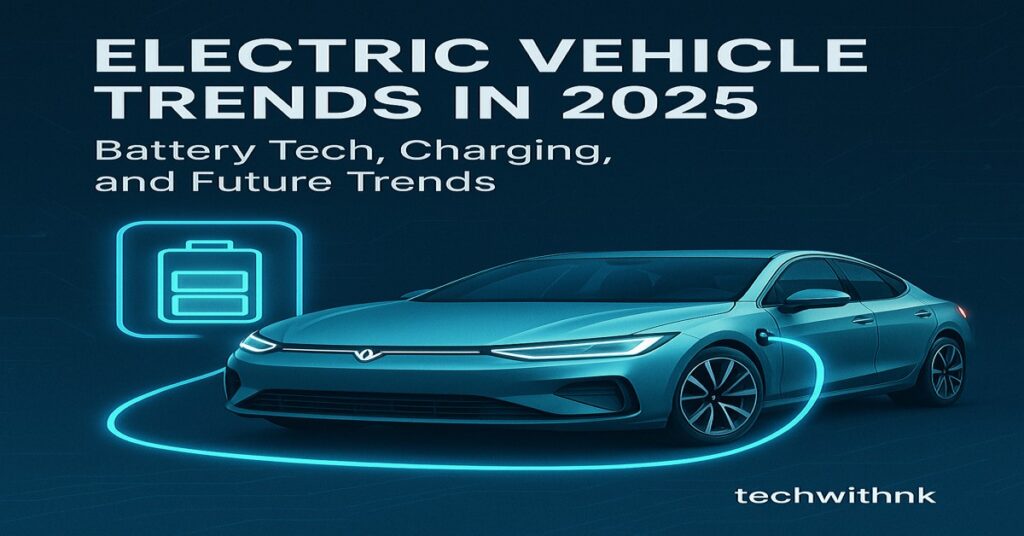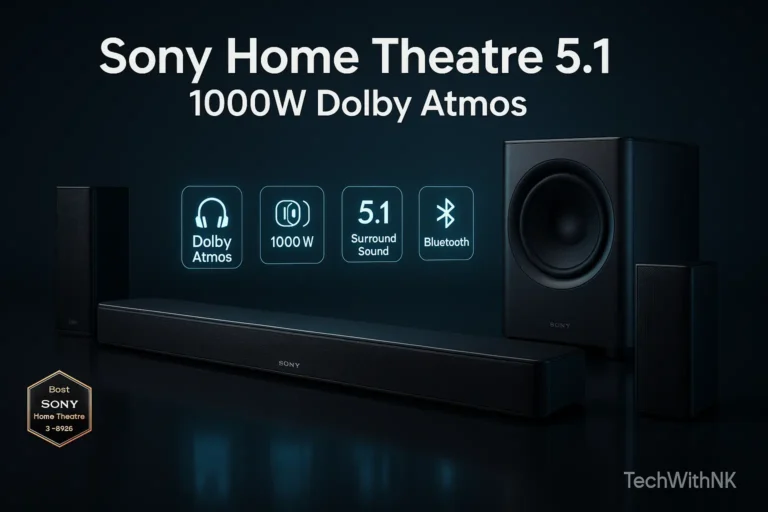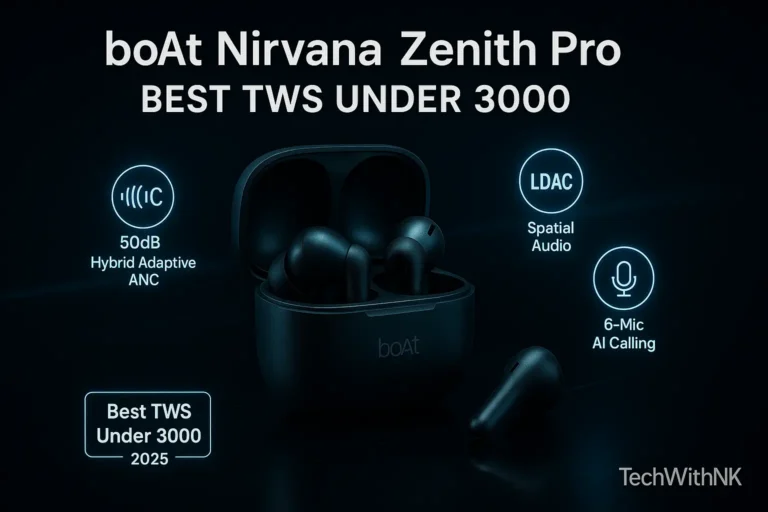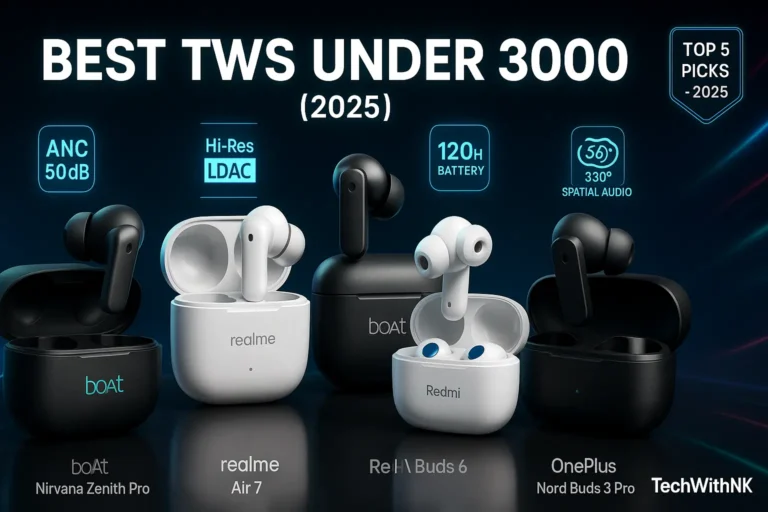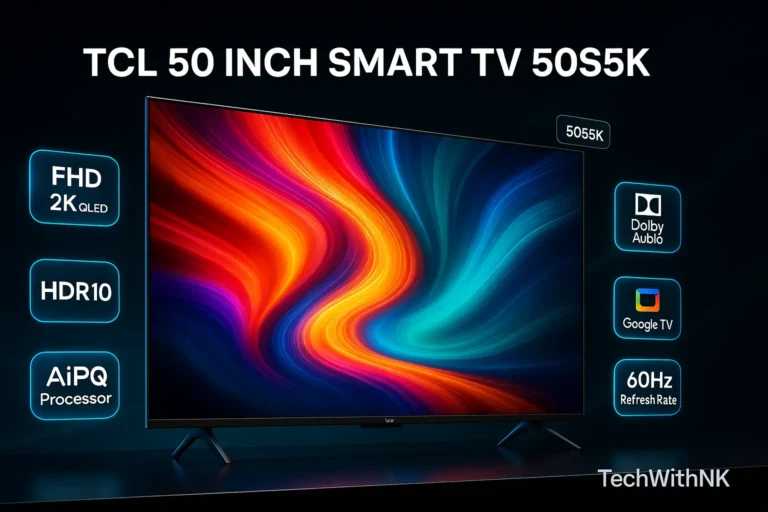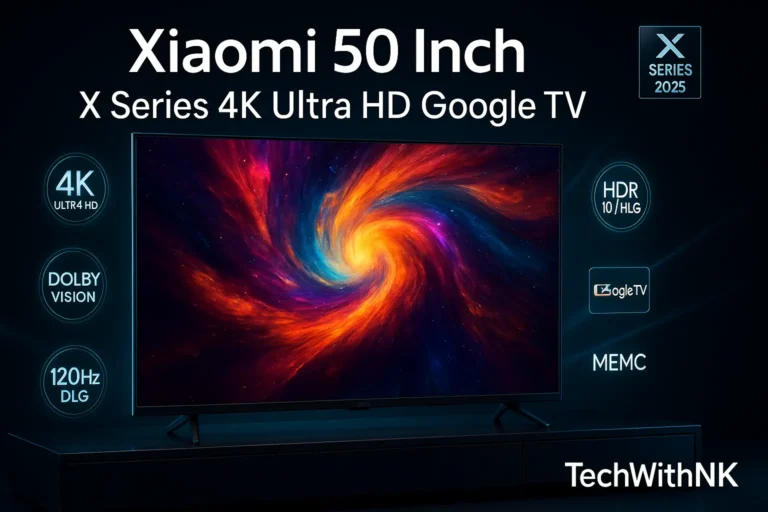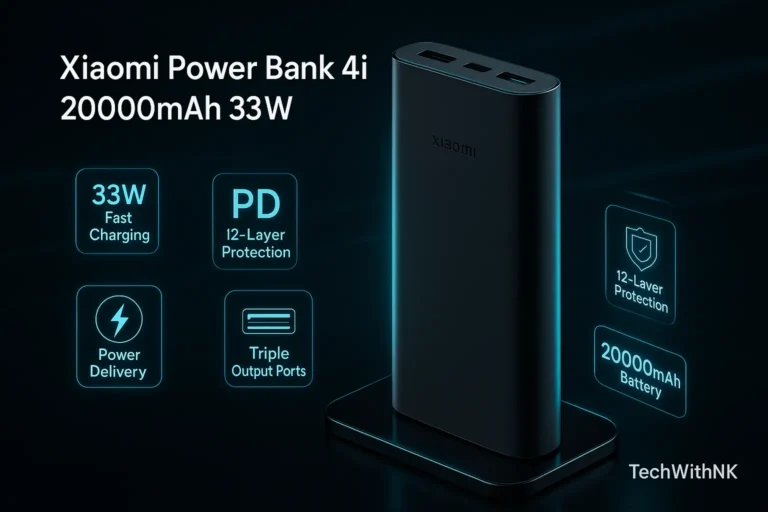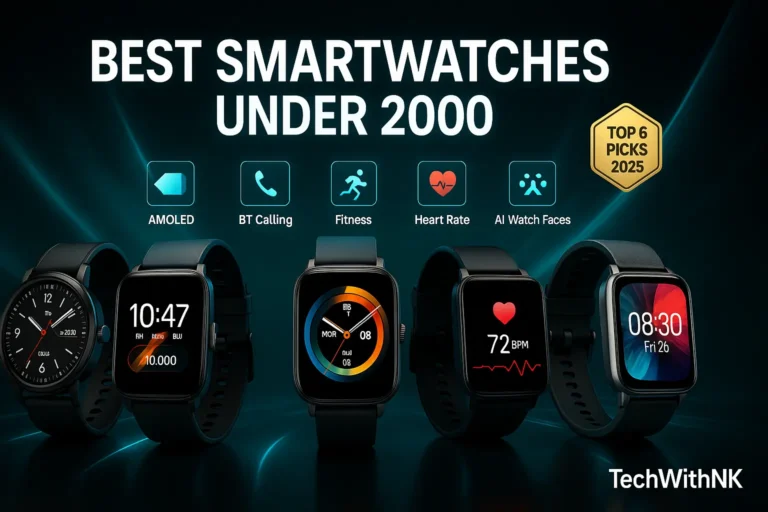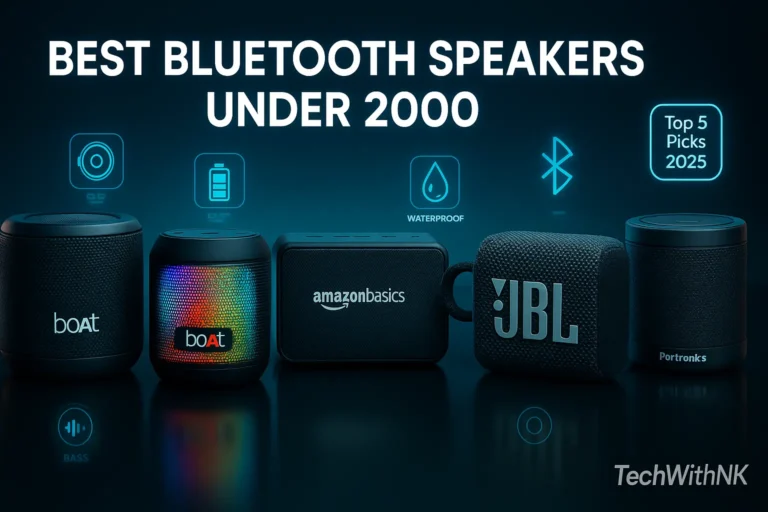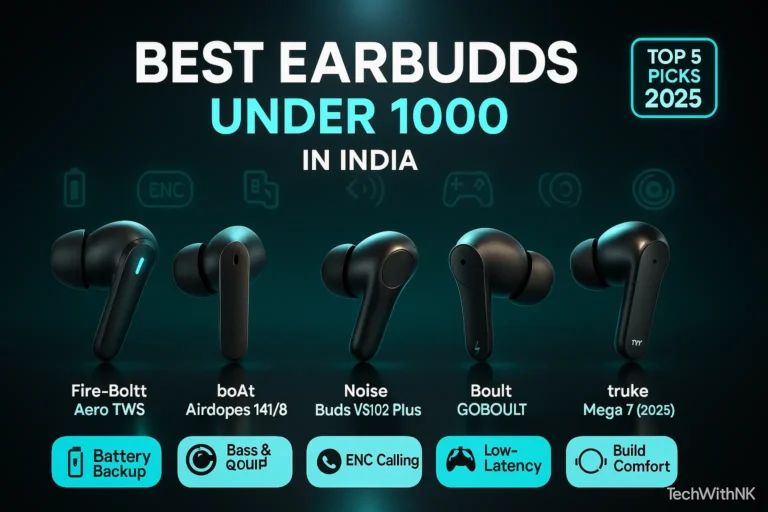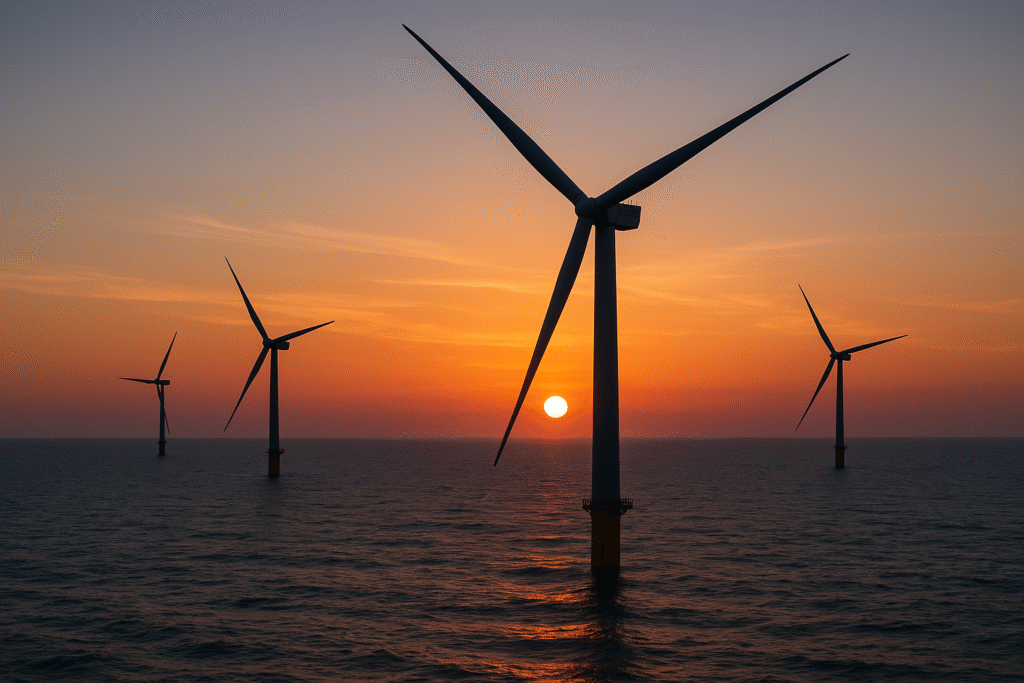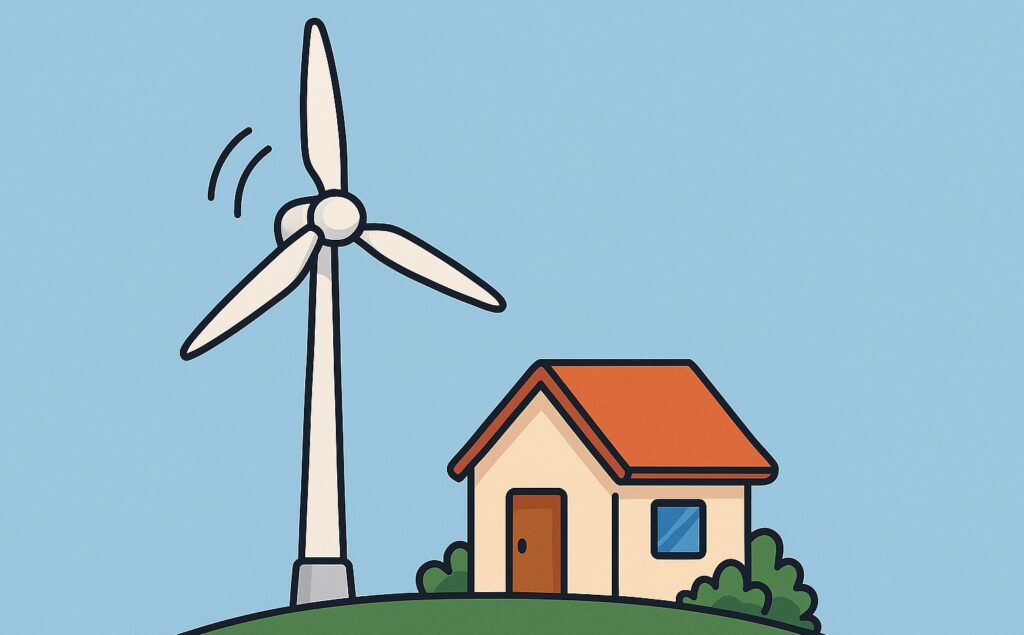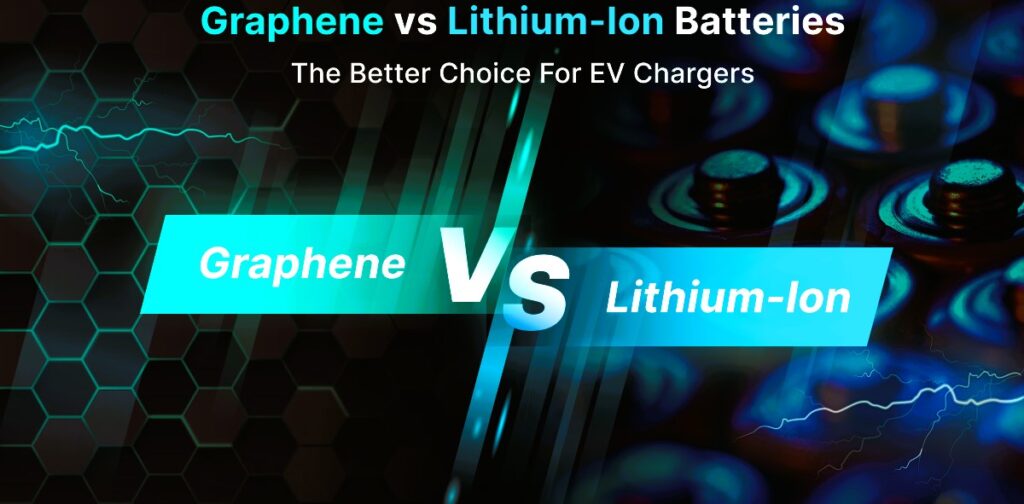Table of Contents
ToggleIntroduction
The electric vehicle (EV) revolution is no longer a distant dream — it’s happening here and now. In 2025, the landscape for electric vehicles has evolved rapidly thanks to massive strides in battery technology, the expansion of ultra-fast charging networks, and new market innovations that promise to make sustainable mobility mainstream.
This comprehensive guide will break down the key developments in electric vehicle battery technology, the state of charging infrastructure in 2025, and the major trends shaping the future of electric vehicles. Whether you’re an electric vehicle enthusiast, a tech follower, or a curious car buyer, this article will give you the insights you need about what’s driving the electric future.
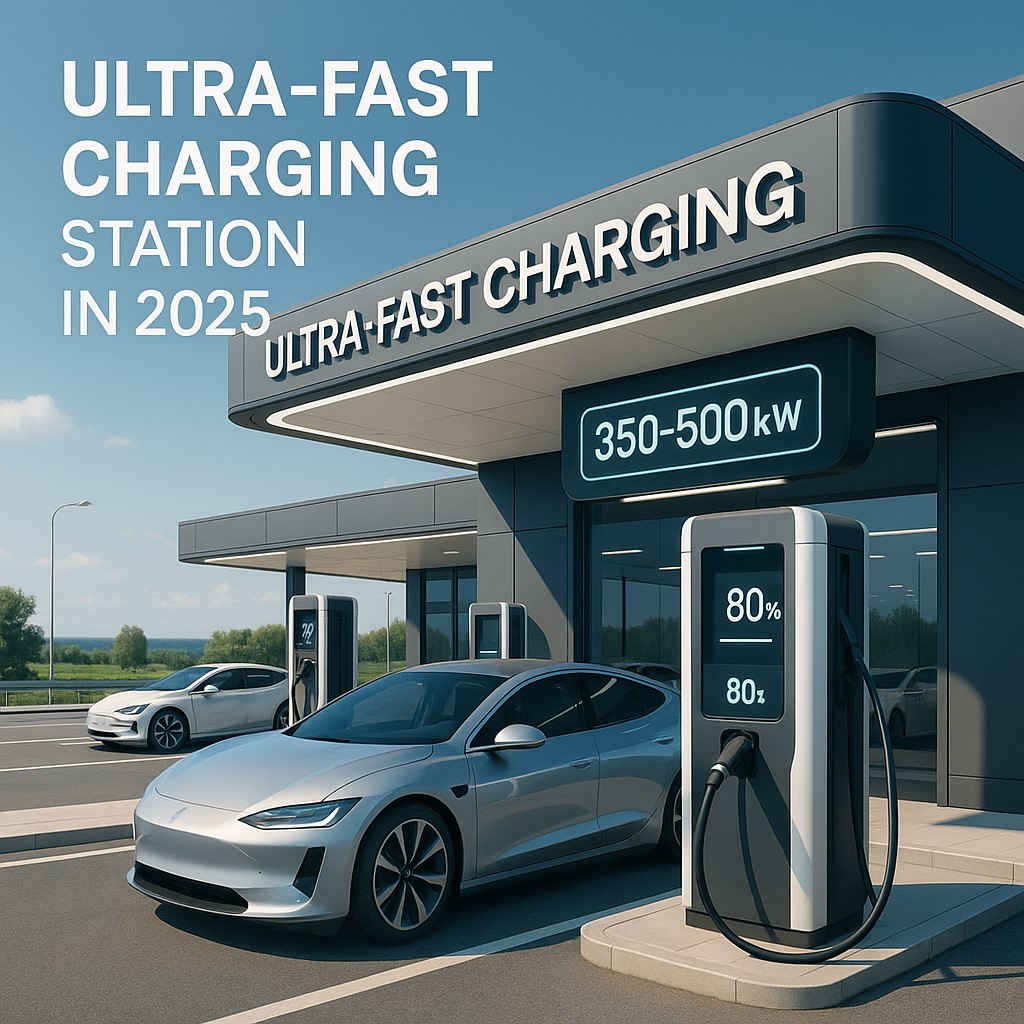
1. Battery Technology: The Beating Heart of the Electric Vehicle Revolution
Solid-State Batteries Take Center Stage
One of the most anticipated breakthroughs of the decade, solid-state batteries, has started to roll out commercially by 2025. Unlike traditional lithium-ion batteries that use liquid electrolytes, solid-state batteries use a solid ceramic or polymer material, making them safer and more energy-dense.
Key benefits of solid-state batteries:
Higher energy density (up to 2-3x compared to lithium-ion)
Significantly faster charging times
Reduced fire and thermal runaway risk
Longer lifespan, exceeding 1000+ cycles
Toyota, QuantumScape, and several Chinese players have launched pilot vehicles running on solid-state packs, showcasing ranges exceeding 800 km on a single charge.
Lithium-Iron-Phosphate (LFP) Batteries Still Hold Strong
While solid-state is getting headlines, lithium-iron-phosphate (LFP) batteries are still dominating the affordable EV market. They’re cheaper, safer, and require no expensive cobalt or nickel. In 2025, refined LFP chemistries have improved energy density, closing the gap with more premium nickel-based chemistries, and enabling mainstream EVs to offer 400–500 km of range at lower cost.
Sodium-Ion Batteries: The Next Frontier?
Sodium-ion batteries, developed by companies like CATL and Faradion, have also started to enter production lines in 2025. Sodium is far cheaper than lithium and more abundant, making sodium-ion packs perfect for entry-level city EVs. Their lower energy density is offset by a dramatic price advantage, ensuring budget-friendly EVs for the masses.
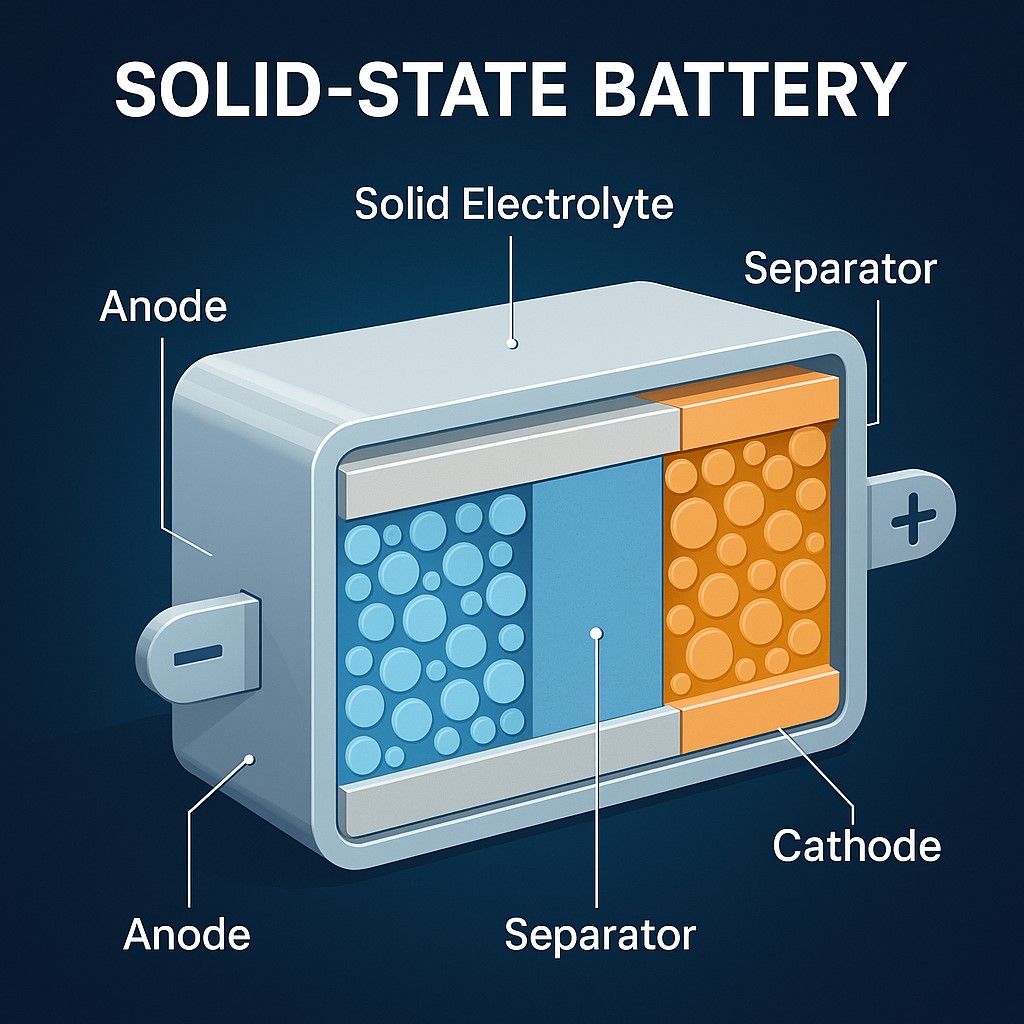
2. Charging Technology in 2025: Faster and Smarter
Ultra-Fast Charging is Here
In 2025, ultra-fast charging has gone from luxury to mainstream. High-power DC fast chargers rated at 350 kW or even 500 kW are now widely deployed along highways and key urban corridors.
What does this mean for electric vehicle owners?
Charge from 10% to 80% in under 15 minutes
Less waiting, more road trips
Easier adoption for fleets and taxi operators
Wireless Charging on the Rise
Wireless charging — once a niche technology — is starting to become practical. Some cities in Europe and Asia are piloting inductive charging pads embedded in roads and parking spots, allowing electric vehicles to top up without a plug. Imagine pulling into your driveway and your electric vehicle automatically starts charging — no cables, no hassle.
Vehicle-to-Grid (V2G) Integration
Vehicle-to-grid (V2G) technology is also seeing serious adoption in 2025. With V2G, your electric vehicle can not only charge from the grid but also discharge power back to it. That means your car can:
Serve as backup power during blackouts
Help stabilize local grids during peak demand
Potentially earn you money by selling stored power back
Several utilities have launched V2G pilot programs, and it is expected to become a standard feature in many EVs by 2026.
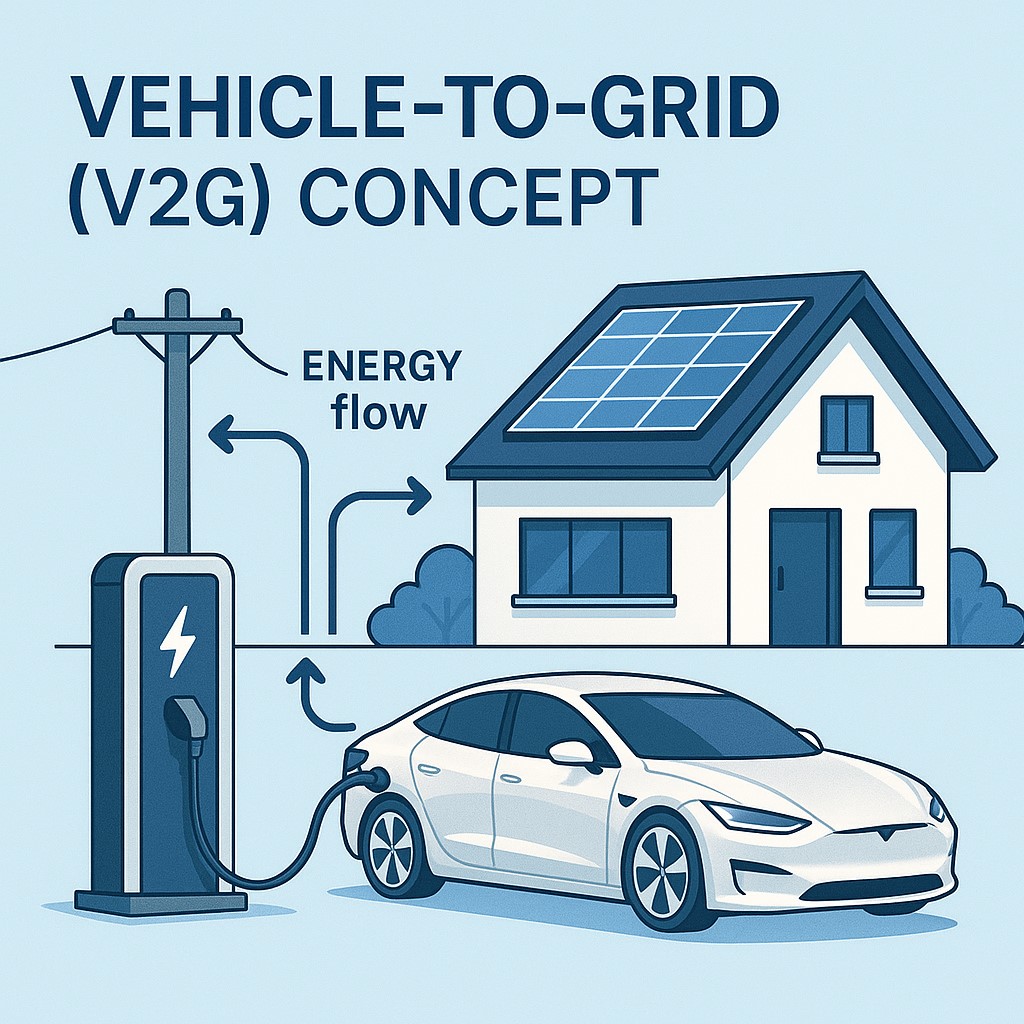
3. Future Trends: Where Electric Vehicles are Heading
Autonomous and Electric: A Perfect Match
Autonomous vehicle (AV) technology is evolving hand in hand with EVs. In 2025, many Level 3 and even Level 4 self-driving electric taxis have begun operating in controlled city zones. These robotaxis:
Lower transportation costs
Reduce emissions
Optimize vehicle utilization
Electric drivetrains pair perfectly with self-driving systems because they are simpler to maintain and integrate with computer controls.
Sustainability in the Supply Chain
EVs were once criticized for their lithium and cobalt sourcing. In 2025, sustainability has become a top priority, with manufacturers using:
Recycled battery materials
Blockchain traceability for mining practices
Localized supply chains to cut carbon emissions
Recycling of EV batteries is booming, with companies recovering over 95% of valuable metals and reusing them for new packs.
EVs Beyond Cars: Buses, Trucks, and Two-Wheelers
The electric revolution isn’t limited to cars. By 2025:
Over 40% of new urban buses sold are electric
Electric trucks are going mainstream, especially for last-mile deliveries
Two-wheelers and e-scooters dominate emerging markets, providing affordable, clean transport
The diversity of electric transport is a huge factor in reducing oil dependence and fighting air pollution globally.
ar dapibus leo.
4. Challenges Still Ahead
While the future looks bright, a few hurdles remain:
Charging Infrastructure Gaps: Rural areas still lack coverage
Battery Raw Material Supply: As EV adoption grows, supply chain pressures continue
Grid Modernization: As more EVs connect, power grids must evolve to handle fluctuating loads
Affordability: Even with falling prices, many lower-income regions need subsidies to make EVs accessible
Solving these challenges will define the next chapter of EV growth beyond 2025.
5. The Consumer Perspective in 2025
If you’re considering an electric vehicle in 2025, you can expect:
✅ Realistic range of 400–800 km depending on budget
✅ Charging in as little as 10–15 minutes on high-speed chargers
✅ Safer, longer-lasting battery chemistries
✅ The option to power your home with V2G-compatible vehicles
✅ And choices ranging from micro EVs to luxury SUVs
EV ownership is no longer a compromise — in many cases, it is objectively better than gasoline in terms of performance, cost, and sustainability.
6. Predictions for the Next 5 Years
Looking forward, here are five trends to watch beyond 2025:
Widespread solid-state battery adoption in mid-market electric vehicles
Integration of renewable energy with home + EV charging
Full rollout of autonomous EV fleets
Government carbon taxes pushing ICE vehicles off the road
Hyper-personalized connected cars, where your electric vehicle learns your habits and routes
Conclusion
The EV story is one of human ingenuity, sustainability, and progress. In 2025, we’re witnessing battery breakthroughs, ultra-fast and wireless charging innovations, and the unstoppable rise of electric transportation across every segment of mobility.
If you’ve ever thought about going electric, 2025 might just be the perfect time. Cleaner air, lower running costs, and a smoother ride await — and with the technology maturing so rapidly, the future of mobility has never looked more exciting.
What is the typical range of EVs in 2025?
Most EVs in 2025 offer 400–800 km per charge, depending on price and battery technology.
How long does it take to charge an EV now?
Ultra-fast chargers can refill 80% of your battery in under 15 minutes.
Can I charge my EV wirelessly?
Yes — some cities and private driveways now support inductive wireless charging.

